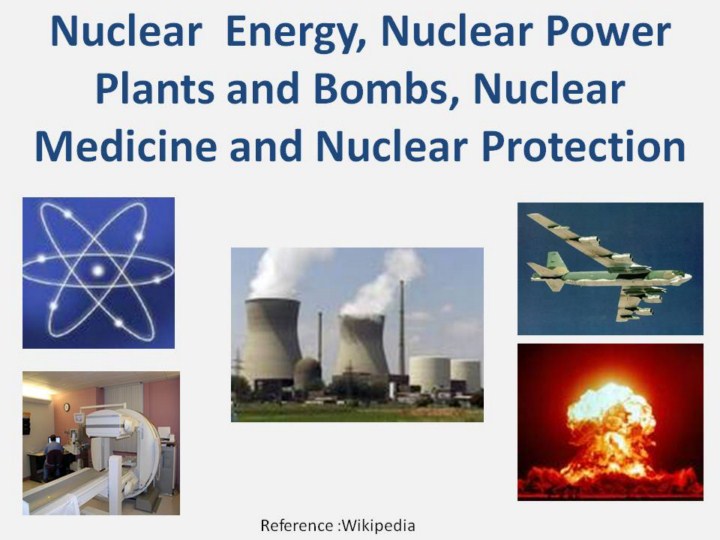| front |1 |2 |3 |4 |5 |6 |7 |8 |9 |10 |11 |12 |13 |14 |15 |16 |17 |18 |19 |20 |21 |22 |23 |24 |25 |26 |27 |28 |29 |30 |31 |32 |33 |34 |35 |36 |37 |38 |39 |40 |41 |42 |43 |44 |45 |46 |47 |48 |49 |50 |51 |52 |53| 54 |55 |56 |review |
 |
As of 2005, nuclear power provided 2.1% of the world's energy and 15% of the world's electricity, with the U.S., France, and Japan together accounting for 56.5% of nuclear generated electricity. In 2007, the IAEA reported there were 439 nuclear power reactors in operation in the world, operating in 31 countries. In 2007, nuclear power's share of global electricity generation dropped to 14%. According to the International Atomic Energy Agency, the main reason for this was an earthquake in western Japan on 16 July 2007, which shut down all seven reactors at the Kashiwazaki-Kariwa Nuclear Power Plant. There were also several other reductions and "unusual outages" experienced in Korea and Germany. Also, increases in the Load factor for the current fleet of reactors appear to have plateau. The United States produces the most nuclear energy, with nuclear power providing 19% of the electricity it consumes, while France produces the highest percentage of its electrical energy from nuclear reactorsó80% as of 2006. In the European Union as a whole, nuclear energy provides 30% of the electricity. Nuclear energy policy differs between European Union countries, and some, such as Austria, Estonia and Ireland, have no active nuclear power stations. In comparison, France has a large number of these plants, with 16 multi-unit stations in current use. In the US, while the Coal and Gas Electricity industry is projected to be worth $85 billion by 2013, Nuclear Power generators are forecast to be worth $18 billion. Many military and some civilian (such as some icebreaker) ships use nuclear marine propulsion, a form of nuclear propulsion. A few space vehicles have been launched using full-fledged nuclear reactors: the Soviet RORSAT series and the American SNAP-10A. International research is continuing into safety improvements such as passively safe plants, the use of nuclear fusion, and additional uses of process heat such as hydrogen production (in support of a hydrogen economy), for desalinating sea water, and for use in district heating systems. |